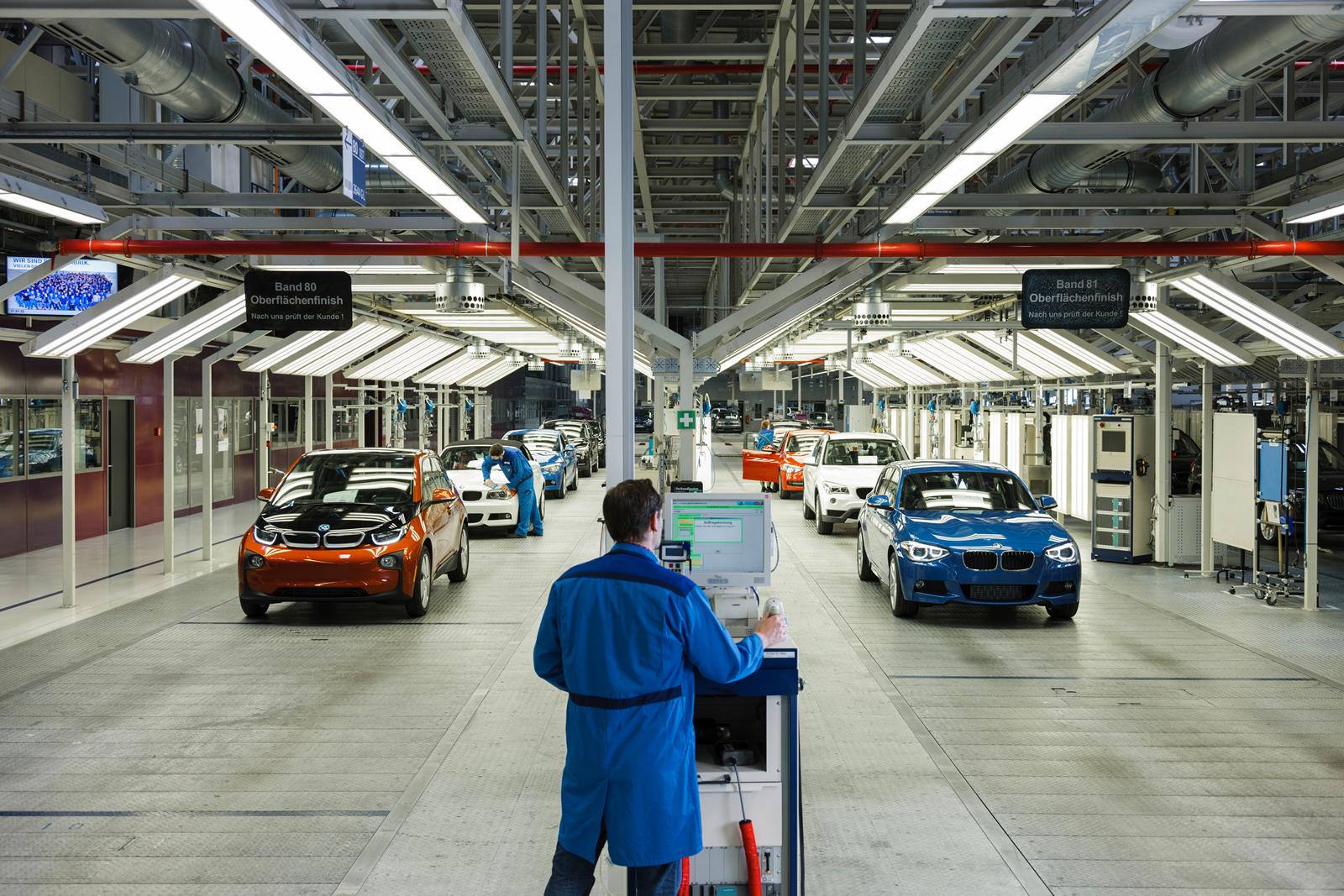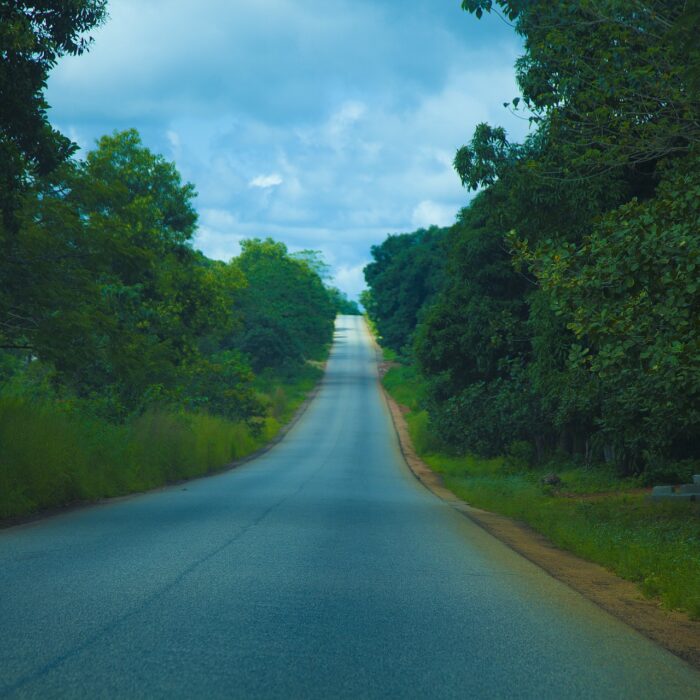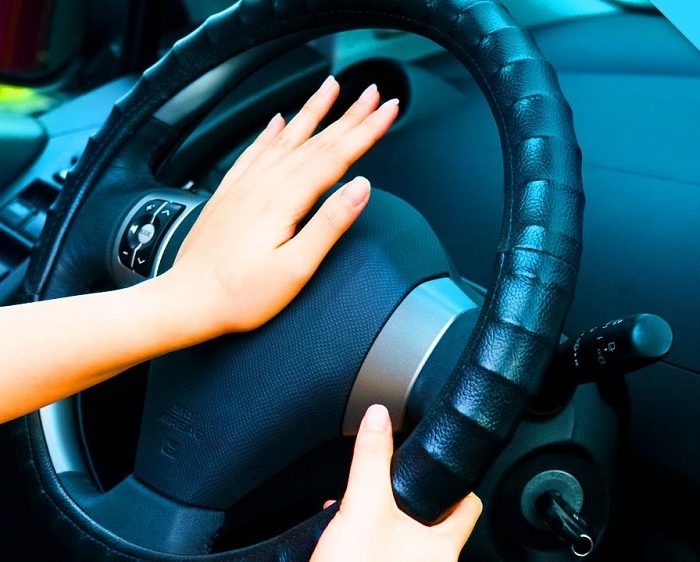German quality and decent design are inherent in all products of BMW AG (bicycles, engines, motorcycles and cars). The headquarters of the manufacturer is located in Munich – the capital of Bavaria. The name of the company was positioned as Bayerische Motoren Werke (“Bavarian Motor Works”), hence – BMW. Today, this carmaker owns the Mini and Rolls-Royce brands and is one of the three German premium car manufacturers, which are leading in terms of worldwide sales. The plants of BMW AG are located in Germany, Malaysia, Thailand, South Africa, India, Egypt, the USA and Russia. Let’s try to identify the main directions of formation of the BMW brand and describe the factors affecting the popularity of the brand.
Pages of BMW AG history
Cars didn’t immediately become BMW AG products. And the company itself appeared in 1917 under the name “Bavarian motor works” after the merger of two small enterprises for the production of aircraft engines, the owners of which decided to unite to increase in their production. In September 1917, the company’s emblem was approved: a stylized rotating propeller, which was later replaced for clarity by a circle of four sectors: the two white meant rotating blades, and the two blue – a sky shining through them.
However, the end of World War I put an end to the aircraft engine industry in Germany in connection with the terms of the Treaty of Versailles. The company was redesigned to produce engines for motorcycles (and then – also the motorcycles themselves). The first BMW motorcycle is the R-32. The quality of the products was high, as befitted the German industry, but the demand was negligible. The founders of the company, K. Rapp and G. Otto, decided to sell the company. So, in 1928, the plant in Eisenach was purchased by J. Shapiro and Gothaer. Licensed Dixi cars became the staple of the company. However, after five years, the right to license ended, and BMW engineers had to start working on their own car. Aside from the first 303 model, sports options appeared. For example, the BMW 328 was released in 1936 and could boast of a pipe frame, aluminum chassis, as well as a hemispherical combustion chamber in the engine. This sports car was one of the 25 cars of the century according to the eponymous international award, as won a number of competitions. The BMW 327 was produced for 18 years in coupe and cabriolet options. The car accelerated to 125 km/h.

The BMW 501 became the first model developed by the concern after the Second World War. It was produced since the autumn of 1952, with a bent windshield (front) glass. Six cylinders in the engine didn’t help to increase sales, the financial condition of the company began to approach the deplorable.
The Isetta microcar, which can be controlled with only a motorcycle driving license, saved the situation a little bit. The tiny car of especially small class reminded egg on wheels, was completed with a single-cylinder engine and nevertheless accelerated to 80 km/h. The Isetta was very inexpensive car, and in the 1950s, there were about 160 thousand units produced. In the mid-1960s, BMW began to produce the BMW 503 and the stunning 507 Roadster, the design of which was developed by Graf A. Goertz. The car was equipped with a 3.2-liter V8 engine, which developed 150 HP. The model accelerated to 220 km/h. It is also known for the fact that one of the 252 copies produced was bought by serving in Germany Elvis Presley. But these cars were expensive, a total of about seven hundred were produced, that did not save the financial situation. The BMW 700 turned to be a lifesaver, which was equipped with a small two-cylinder engine having a capacity of 700 cc and 30 HP. This engine accelerates the small car to 125 km/h. The BMW 700 was accepted by the audience with enthusiasm. For all time of production 188 221 copies of model were sold. It is the 700 that saved the group from bankruptcy and buyout by competitors – Daimler-Benz. So the BMW manufacturer remained afloat.

The company found a new lease of life with the launch of the BMW 1500. It was first shown to the world at the Frankfurt Motor Show in 1961. The car accelerated from the start to 100 km/h in 16.8 seconds, and its maximum speed was 150 km/h. The demand for the model was so overwhelming that the Bavarian automaker opened new factories to meet it. After that, the high status of BMW was confirmed by the development and production of more and more models, among which were coupe with automatic transmission, comfortable sedans, models with the Bosch D-Jetronic electronic injection system, cars with a 24-valve engine, with a central engine and turbocharged ones.
In 1986, the world saw the BMW 750i, which first received a V12 engine. With an engine capacity of 5 liters, it developed 296 HP. This was the first car to be artificially limited at 250 km/h. Later, other major automakers also began to introduce this practice.
In the same year, a fantastic Z1 roadster appeared, which was originally developed as an experimental model in the framework of brainstorming. Not limited in anything engineers “drew” the car with excellent aerodynamics, thanks to a special design of the bottom, a plastic body on a pipe frame and futuristic appearance. The doors did not open in any of the usual ways, but were “drawn” into the body sills. In its manufacture, the automaker has worked out the xenon lamps technology, as well as an integrated frame, door mechanism and sump. In total, 8 thousand cars of this model were assembled, and 5 thousand – for pre-order. This toy cost 80 000 marks.
BMW has completed the millennium with the production of the first SUV, the famous X5. “Bavarian” became successful. Anti-lock Braking System, dynamic stability control sensor and other BMW’s hi-tech developments of the last years didn’t disappoint the fans of speed and comfort. In addition, the X5 showed its best on the off-road as well. Plus, there are ten airbags. In general, there is nothing to worry about.
The end of the ‘90s was incredibly productive for BMW.
BMW AG in the third millennium
Today, the German manufacturer of premium cars is on a solid financial cushion. His position in the world of automotive industry is unshakable. In 2002, the BMW Group concern achieved a record number of sales – 1 057 000 cars.
At the beginning of the millennium, they produced the BMW Z8, two-passenger sports car, which many collectors of the brand called one of the most beautiful cars in history.
When creating a design, designers tried to show the 507 model, which was produced at the beginning of the XXI century. It received an aluminum body on a space frame, a 5-liter engine with a capacity of 400 HP and a six-speed manual transmission Getrag.
The model was used as Bond’s car in the film “The World Is Not Enough.”
In 2011, BMW AG founded a new division of BMW i, which specializes in the creation of hybrid and electric cars.
The first models released by the division were the i3 hatchback and the i8 coupe. They debuted at the 2011 Frankfurt Motor Show.
Production of the BMW i3 was launched in 2013. It is equipped with an electric motor with 168 HP and rear-wheel drive system. The car’s top speed is 150 km/h. An average fuel consumption in the i3 Range Extender version is 0.6 l/100 km. A hybrid car got 650 cc internal combustion engine that recharges the electric motor.
By the way, BMW is one of the few automotive companies that doesn’t use robots in factories. All assembly is only manual. The output – only computer diagnostics of the main car parameters. For everyone in the world, BMW is synonymous with high standards in the field of automotive comfort, safety, technology and quality. Today, the BMW brand is the most beautiful and steerable car.

Nowadays, BMW cars require the driver not only the preference of these models, but also the presence of a driver’s license (better an international one). Don’t you have it yet? We invite you to quickly and easily process an international driver’s license on our website. It won’t take you a lot of time and effort, especially since this document is useful while driving not only BMW.

Published October 21, 2019 • 6m to read






